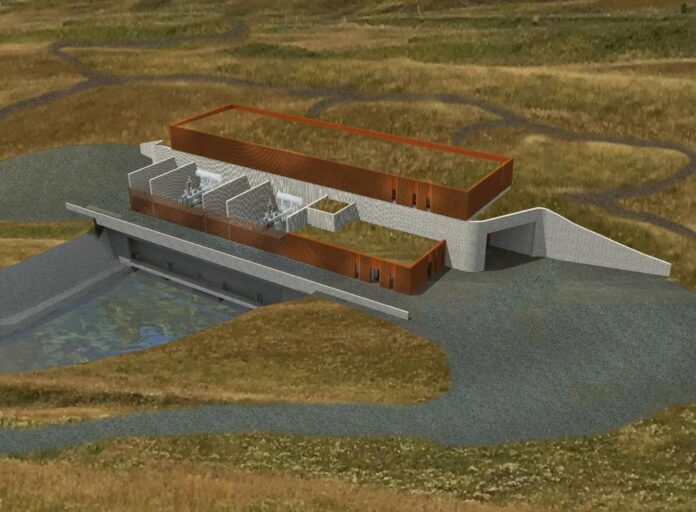Landsvirkjun has formally requested that the Environment and Energy Agency of Iceland issue a temporary permit for the Hvammur Hydropower Plant (Hvammsvirkjun), in accordance with Article 4a of the Electricity Act.
The request, announced on the agency’s website, is based on concerns that delays to the Hvammsvirkjun project could increase the risk of long-term electricity shortages and extend the period during which the country’s energy security — and thus public and economic welfare — remains under threat.
Legal basis for the request
The provision cited allows the Environment and Energy Agency to grant temporary authorization — under exceptional circumstances — when there is an urgent need to begin or continue energy project operations. The condition is that an environmental impact assessment has been completed and a full permit application is on file.
Landsvirkjun believes these conditions have been met.
Supreme Court revoked permit earlier this month
Earlier in July, the Supreme Court of Iceland upheld a lower court ruling that revoked Landsvirkjun’s existing operating license for the Hvammsvirkjun project.
In a letter sent to the agency on July 11, Landsvirkjun emphasized the urgent need to continue construction. The project has been classified by Parliament in the energy utilization category, has received all required permits, and has gone through all relevant consultation procedures.
“The purpose of this request is to ensure that construction of the Hvammsvirkjun power plant — which will increase electricity production by 740 GWh (95 MW) — can proceed, to secure the country’s energy supply and meet existing demand,” the letter states.
Hvammsvirkjun is described as the most critical new power project currently in preparation, due to its ability to contribute the highest volume of energy to the grid. It is also strategically located south of a key energy transmission bottleneck, where shortages are more likely.
Delays Could Push Back Delivery Date
The plant is currently scheduled to come online in 2030. Further delays would make that target unattainable.
According to Landsnet’s latest electricity forecast, Iceland faces a persistent energy shortage until 2029 — the year before Hvammsvirkjun is now expected to be operational.
The letter cites Landsnet’s report on the state of the power system, which warns that without intervention there is a 70% likelihood of electricity shortages by 2029. Shortages could range from 5 to 50 GWh, and reach up to 200 GWh in the worst-case scenario.
Landsnet states that delays in new power plant development present a major risk to energy security, the energy transition, and Iceland’s climate commitments.
Risk to climate goals and energy prices
Landsnet also stresses that Iceland is legally bound to reduce greenhouse gas emissions. Significant progress in the energy transition is essential, including reducing the use of imported fossil fuels — but this cannot happen without adequate domestic electricity production.
A persistent power shortage could require the curtailment of priority electricity use, increase emissions, and drive up electricity prices.
Source: Mbl.is




